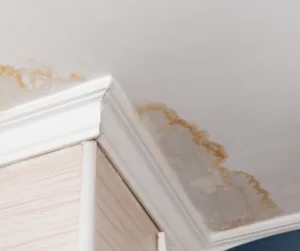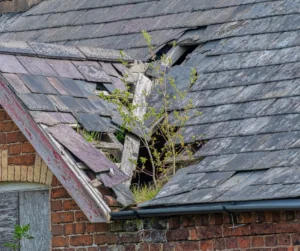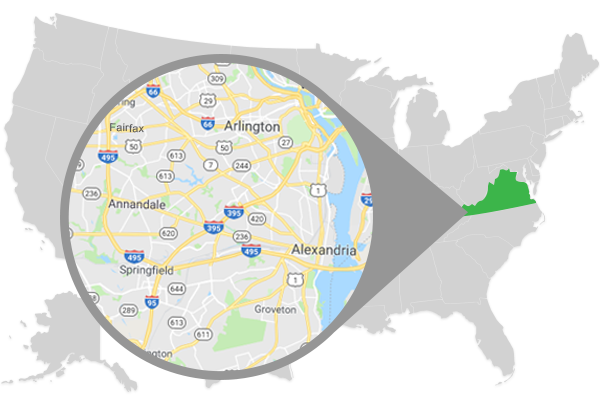
When a customer is complaining of a roof leak, there are many different things that may be the underlying issue, so the first step in roof repair or roof replacement is a good roof inspection. A good roof inspection takes a look at the various aspects that make up a roof, and can identify where the problem is originating from. Listening to our clients and getting all the information is the first and most important step. Then, we will check inside the house to see the damage from the other side. Then, we will head up to the roof and begin the inspection, identifying the problem areas and marking them, then checking the shingles as well as the gutters, looking for damaged chimney flashing and drip-edges.
Why Do You Need A Roof Inspection?

Sometimes roof inspections are necessary when dealing with a wildlife issue. Attics are one of the most desirable homes for raccoons, birds, squirrels and bats, and so oftentimes the roof will take damage while these animals enter and exit. Raccoons especially are known to rip off roof shingles to make their way into an attic, especially if they are a mother and their kits are trapped inside. Raccoons ripping off shingles to get inside your home can lead to further issues down the road, as this new hole can allow in more pests and wildlife, as well as create leaks during rainfall.
Listen to Clients and Check Indoors
The most important step our technicians take when they go out to inspect a roof is to speak to you. Nobody knows the ins and outs of a particular property quite like the homeowner and/or tenant. The first step in diagnosing any roof issues is to collect any & all relevant information the client might have. The client will know when the roof started leaking, they can point to exactly where it started, if it takes wind-driven rain to aggravate the leak, etc. Countless man-hours of inspection time have been saved with a thorough conversation prior to setting up a ladder. The next step to a great roof inspection is to inspect the indoors for the physical signs of roof damage. If you identify where the affected area is on the inside, it can help you better understand what you’re dealing with on the outside. Documentation of interior damages is often required by insurance providers, and it can also protect the technician and company from liability. If you have a roof leak, then interior inspections can enable a broader understanding of how water is infiltrating the roof material.
Inspecting the attic is important for our technicians to check out the roof decking and trusses. For leaks, assessing the level of damage to structural components and roof decking is an integral component in creating the work order and accurate pricing. There’s no better way to achieve this than by getting eyes on those materials. For full roof replacements, all of our roofing components require sound and healthy infrastructure underneath to ensure a proper install. If your issue involves wildlife, then checking the attic is also essential as raccoons and squirrels will often choose the attic to settle down in. The next step is to get up on the roof.
Shingles, Flashing, Vents and Gutters
Once our techs get on the roof, it will be time to search for the problem area they identified from within the attic. Finding the corresponding location on the topside of the attic will help identify where the leak is coming from. Once that area is located, it is important to delineate the area with tape or spray paint. The next step is to carefully inspect the shingles. Look for shingles that are loose, as well as shingles that are broken. Delaminated shingles are also a cause for concern, as well as nails popping up through shingles. Delaminated shingles are shingles that are starting to peel away. If the roof has rusty and exposed nail heads without caulking present, this is a clear sign of a damaged or aging roof.
Flashing is the thin sheets of metal (typically galvanized steel) that help direct the flow of water into the gutter. You might see flashing on the surfaces where two sides of a roof meet (valley flashing), and flashing is also typically installed around structures on the roof like chimneys and skylights. Drip edges are L-shaped pieces of metal installed on the edge of roofs that help direct the flow of water into the gutter and away from the fascia. Flashing is essential to your roof functioning properly, so damaged or missing flashing is a huge red flag. Damaged or missing flashing could be the culprit for a leak. However, the biggest red flag as well as the biggest danger on a roof is squishy or saggy roof deck plywood. This indicates an unstable wood that is most likely rotting, and it is very easy to fall through the roof when you are walking on this material.
Roof Damage Repair | Roof Replacement





